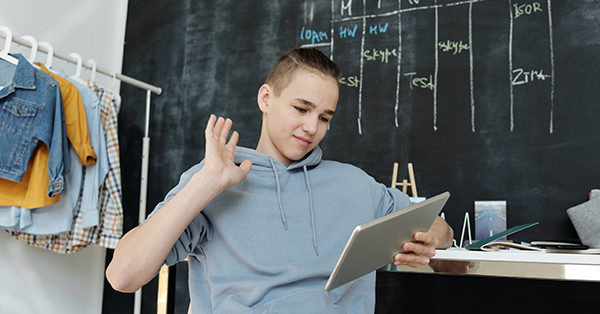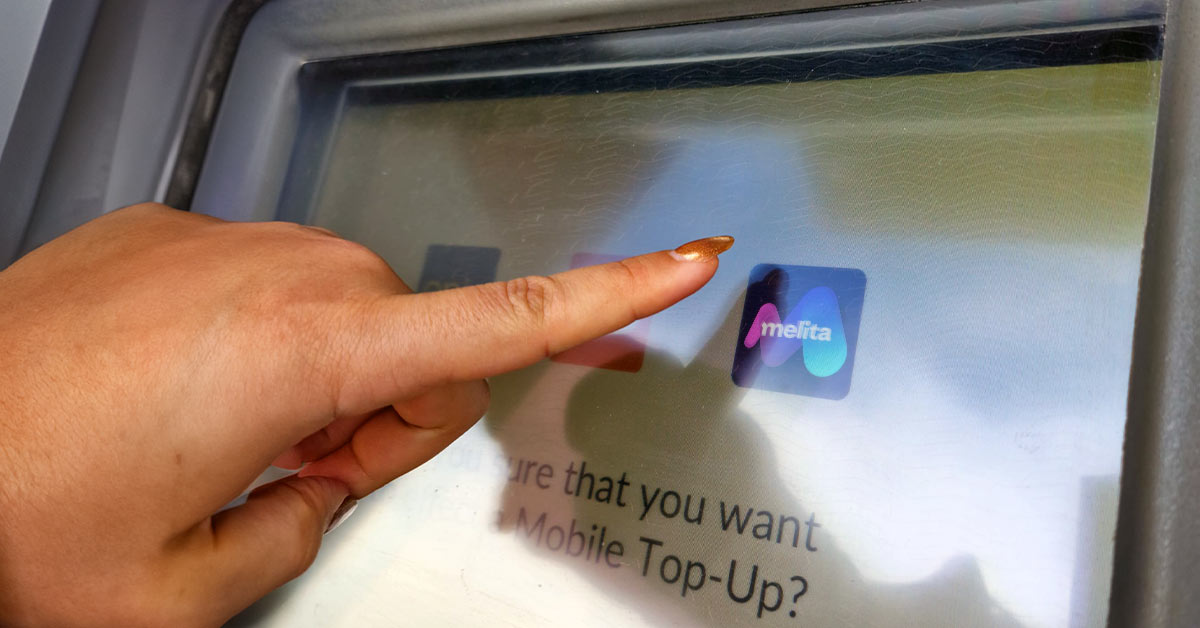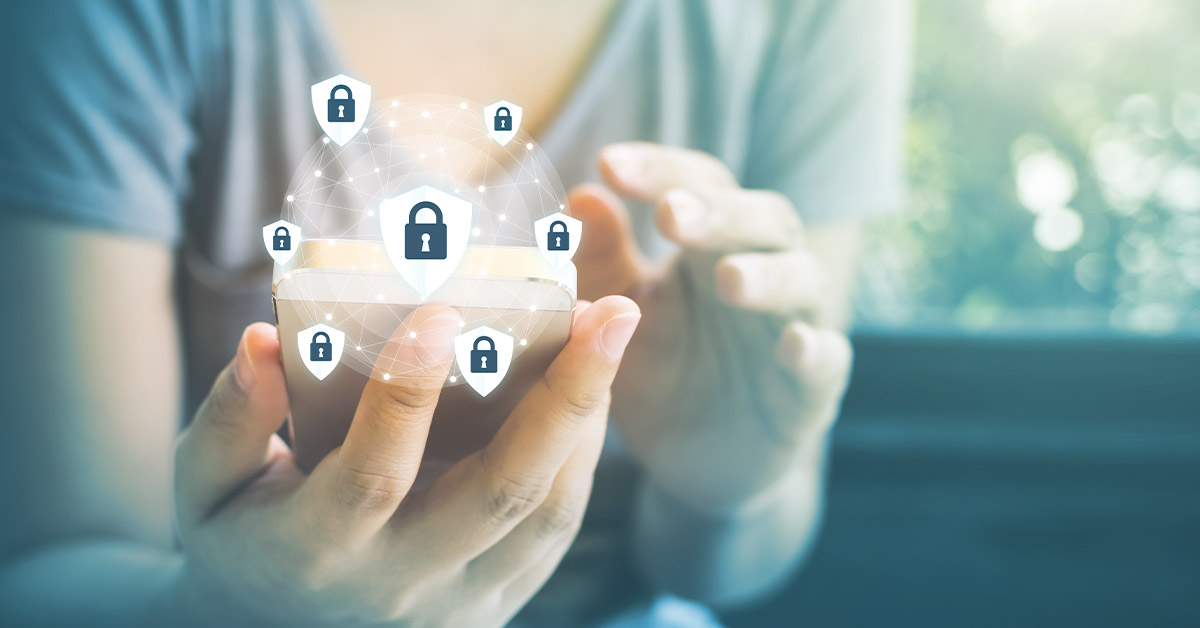
Our world was forever changed by the arrival of the first smartphone in 2007 (iPhone), and the first modern tablet in 2010 (iPad). Together, they created a revolution that would forever alter how we communicate, access information, gain knowledge and are entertained. As these devices became ubiquitous, it was natural that they began having a major presence in schools and educational settings too.
These devices are impacting all levels of education, from early childhood programs to college and beyond. The education technology market was valued at €240 billion in 2021, with projections calling for revenues of €571 billion by 2027. A new Smoothwall report indicates that 96% of teachers feel that technology brings a positive impact to children’s participation and learning. 53% also believed that technologies helped make classroom experiences more vibrant and fun. Overall, e-learning is the fastest growing segment in the education industry, having grown 900% since 2000.
The Emergence of Mobile Technology in Education
We have come a long way since 1870, when the hot new technology was the Magic Lantern, a very early version of the slide projector. The first personal computer arrived in 1981 and heralded the future introduction of computer technology in the classroom. As time went by, many districts launched ambitious initiatives designed to create a 1:1 ratio of technology devices to students in the educational environment.
While computers, laptops and Chromebooks became part of the educational landscape, there were early apprehensions about smartphones in the classroom. Many school districts instituted cell phone bans, with teachers citing student distraction and mental health issues as concerns. During the pandemic, though, smartphones and tablets became more valued as at times they were the only way that some students could connect to the Internet from home.
Understanding the Education Applications of Smartphones and Tablets
There is an incredible array of educational apps that can be used by teachers and students. Nearpod helps teachers design and post interactive lessons, and with Pear Deck, you can add videos, questions and activities to traditional Google slides. Quizizz lets students play live quizzes with their classmates. Other interesting apps include Poll Everywhere, a voting system, and Explain Everything, an interactive screen casting version of a whiteboard.
Student engagement is a key metric of lesson success. When students are engaged, it is easier for them to learn. They are more motivated, and it also boosts their confidence, resilience and self-esteem. Interactive apps allow teachers to create innovative lessons that greatly enhance engagement in the classroom learning environment.
Smartphones and Tablets in the Classroom: A New Pedagogical Approach
Smartphones and tablets, when combined with interactive apps, open the doorway to creating an enhanced learning experience. Rather than just talking to students or using traditional teaching methods, teachers can now engage students at multiple points of the learning process. In general, it’s helpful to take a microlearning approach, and break content up into short modules. Adding Interesting visuals, student self-assessments and using apps that let the educator monitor student engagement and understanding also promotes interactivity and enhance learning.
These devices are also ideal for a collaborative learning approach. Multiple students can work as part of a group to prepare their own presentations and videos using the tablets or smartphones. When you combine collaborative learning with interactive lessons, you can reach new levels of engagement in the classroom.

Remote Learning: Breaking Boundaries with Smartphones and Tablets
The arrival of the COVID-19 pandemic caused a seismic shift in how students learned. Instead of in-person learning, home bedrooms became the student’s remote classroom. Smartphones and tablets were instrumental in facilitating remote learning, especially for students without their own computer or laptop available at home. When remote learning became a requirement, every single student needed a device.
These devices allow for either synchronous or asynchronous learning. With synchronous learning, students and instructors can gather at the same time and place, virtually. An asynchronous approach lets students access learning materials at an individual pace, and interact with each other over longer periods.
Accessibility and Inclusivity in Education Through Mobile Devices
Mobile devices can open the door for students to be included in ways that were never possible before. Special education students can be helped by technology that assists them with spelling, writing, reading and maths computations. Learning can also be personalised for diverse learners, including those with dual languages.
Children with disabilities may have difficulty with physical learning tasks. With a tablet, though, they may be able to execute the same task on the screen virtually. These devices are also very helpful for those with hearing, vision or other learning difficulties.
Challenges and Solutions in Implementing Mobile Technology in Education
While tablets being used in the classroom can, in many ways, be viewed as an extension of devices like laptops and Chromebooks, smartphones are another story. The fear of missing out keeps us checking our smartphones constantly. Creative teachers try to overcome this and leverage the power of the smartphone by adding engaging lessons that include QR code scanning scavenger hunts, quizzes and the like.
Other issues must be addressed when these devices are introduced into the classroom. Data privacy and security are prime concerns, and both students and teachers should take steps to safeguard personal information. Also, teachers must be careful to monitor mental well-being and screen time use when smartphones are allowed in the classroom.
The Future of Education: Evolving Role of Smartphone and Tablets
In a way, smartphones and tablets represent the leading wave of a tsunami of change coming toward the educational environment. The COVID pandemic led to a rise in cloud-based e-learning platforms accessible at any time, from anywhere. AI is being woven into the devices and apps that we use, promising to change education forever.
Future years will see the introduction AR (Augmented Reality) and VR (Virtual Reality), launching us into new worlds and immersive learning. Smartphones and tablets will also allow us to tap into adaptive learning techniques that allow courses to be uniquely structured to each student’s personal learning style.
Practical Tips for Educators and Parents
The approach to effectively integrating mobile devices into education settings will vary by age group. For younger students in elementary school, these technologies can help build fundamental skills and prepare the students for more independent learning in the future. During middle school, when students are becoming independent thinkers, students can learn additional life skills and gain expertise with online research and multimedia tools. At the high school level, students can discover the full power of these technologies, and prepare themselves for college and their future careers.
With smartphones and tablets being omnipresent in schools and the home, it is critical that both teachers and parents focus on ensuring the safe use of these devices. Being aware of potential incidents of cyber bullying, or harmful social media, is vitally important for the child’s well-being. Parents may want to create screen-free hours and no phone zones in the home. Apps like Qustodio, a parental control tool, can also help parents monitor mobile device usage and restrict screen time.






